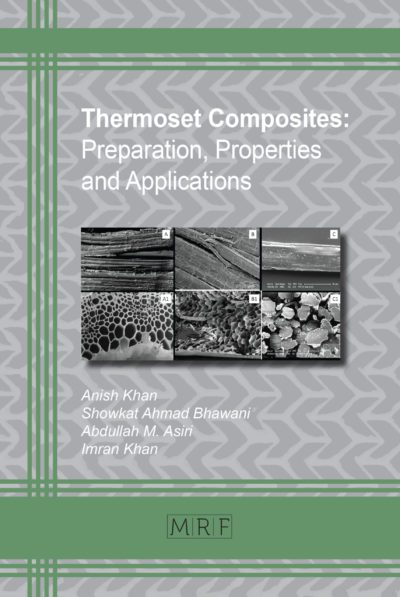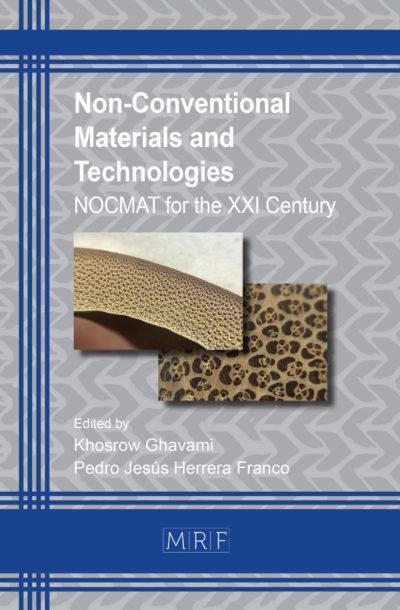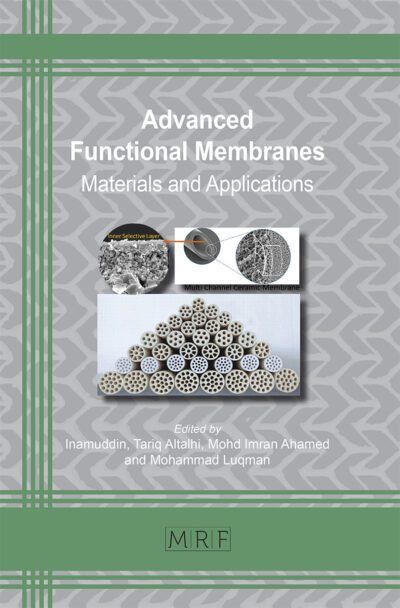Investigating TP-AFP process parameters through a mechanical testing approach
IANNONE Vincenzo, DE NICOLA Felice, COSTANTINI Mario, GIUSTO Giovangiuseppe, CARLONE Pierpaolo
download PDFAbstract. The present work investigates a non-standard approach for tuning TP-AFP process parameters, employing an in-house-designed setup for CF/PEEK ring coupons production and mechanical testing to assess interlaminar shear strength (ILSS). The TP-AFP setup features a laying head based on hot gas torch heating source, controlled pressure on a compaction roller, IR thermal monitoring, all operated by a six-degrees-of-freedom (DOF) robotic anthropomorphic arm. Through a non-standard split-disk setup, ILSS is thus evaluated, with its relation with key process parameters such as laydown speed, pressure, and temperature investigated. Although there is a high scatter level of the mechanical characterization parameters of the specimens, the analysis highlights how there is a direct dependence between the AFP process parameters – especially the temperature – and the ILSS values calculated through the split-disk testing carried out.
Keywords
TP-AFP, Advanced Manufacturing, Process Optimization, Mechanical Testing, ILSS, Composite, Forming
Published online 4/24/2024, 8 pages
Copyright © 2024 by the author(s)
Published under license by Materials Research Forum LLC., Millersville PA, USA
Citation: IANNONE Vincenzo, DE NICOLA Felice, COSTANTINI Mario, GIUSTO Giovangiuseppe, CARLONE Pierpaolo, Investigating TP-AFP process parameters through a mechanical testing approach, Materials Research Proceedings, Vol. 41, pp 595-602, 2024
DOI: https://doi.org/10.21741/9781644903131-66
The article was published as article 66 of the book Material Forming
![]() Content from this work may be used under the terms of the Creative Commons Attribution 3.0 license. Any further distribution of this work must maintain attribution to the author(s) and the title of the work, journal citation and DOI.
Content from this work may be used under the terms of the Creative Commons Attribution 3.0 license. Any further distribution of this work must maintain attribution to the author(s) and the title of the work, journal citation and DOI.
References
[1] P. Boisse, R. Akkerman, P. Carlone, L. Kärger, S.V. Lomov, J. A. Sherwood, Advances in composite forming through 25 years of ESAFORM, Int J Mater Form 15, 39 (2022). https://doi.org/10.1007/s12289-022-01682-8
[2] H. Parmar, T. Khan, F. Tucci, R. Umer, P. Carlone, Advanced robotics and additive manufacturing of composites: towards a new era in Industry 4.0, Materials and Manufacturing Processes (2021). https://doi.org/10.1080/10426914.2020.1866195
[3] I. Martin, D. Saenz del Castillo, A. Fernandez, A. Güemes, Advanced Thermoplastic Composite Manufacturing by In-Situ Consolidation: A Review, Journal of Composites Science. 4, (2020). https://doi.org/10.3390/jcs4040149
[4] F. Tucci, F. Rubino, G. Pasquino, P. Carlone, Thermoplastic Pultrusion Process of Polypropylene/Glass Tapes, Polymers 15, 10 (2023), Article 2374, https://doi.org/10.3390/polym15102374
[5] M.J. Donough, Shafaq, N.A. St John, A.W. Philips, B. Gangadhara Prusty, Process modelling of In-situ consolidated thermoplastic composite by automated fibre placement – A review, Composites Part A: Applied Science and Manufacturing. 163 (2022). https://doi.org/10.1016/j.compositesa.2022.107179
[6] M. Di Francesco, M.A. Valverde, C. Ward, P. Giddings, G. Dell’Anno, K. Potter, Influence of Layup Speed on the Quality of Thermoplastic Preforms Manufactured by Laser-Assisted Automated Fibre Placement, 2016.
[7] Z. Qureshi, T. Swait, R. Scaife, H.M. El-Dessouky, In situ consolidation of thermoplastic prepreg tape using automated tape placement technology: Potential and possibilities, Composites Part B: Engineering, 66 (2014) 255-267. https://doi.org/10.1016/j.compositesb.2014.05.025
[8] I. Schiel, L. Raps, As. R. Chadwick, I. Schmidt, M. Simone, S. Nowotny, An investigation of in-situ AFP process parameters using CF/LM-PAEK, Advanced Manufacturing: Polymer & Composites Science. 6:4 (2020) 191-197. https://doi.org/10.1080/20550340.2020.1826772
[9] A.M. Sabido, Development of an Automated Fiber Placement Process for the Fabrication of Thermoplastic Composite Laminates. Diss. University of South Carolina, (2019).














